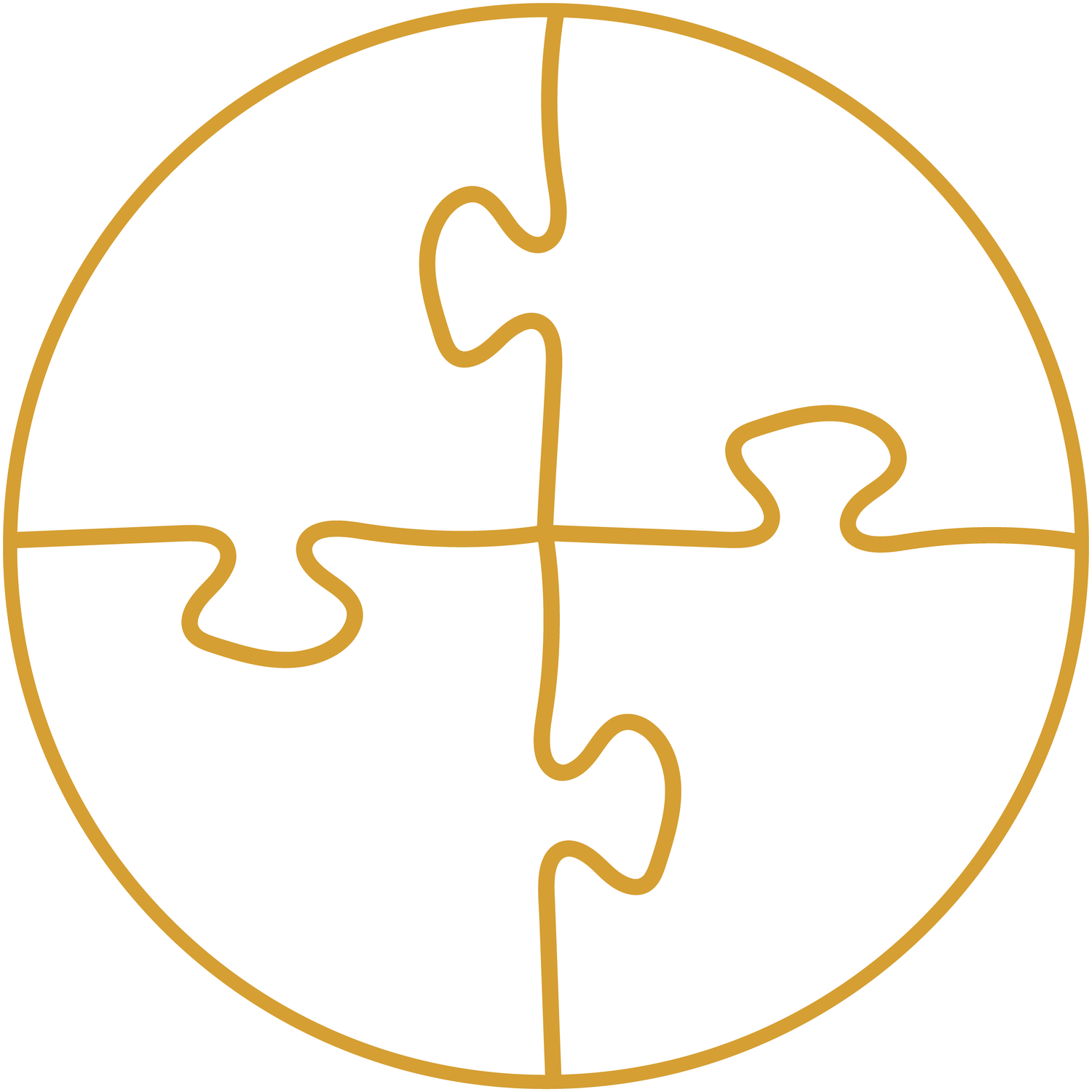Physical Therapy Toolkit
As our clients enter our clinic, generally everyone comes in seeking relief from a type of pain. Some may be a result of a recent injury or others, working towards better body mechanics. At Congruency Therapy & Wellness, we practice Functional Manual Therapy® which is based on a philosophy that all parts of our body are interconnected and takes a full body approach.
There are times when we will utilize different tools from our toolkit in addition to using our hands. In this month’s blog, we will cover the various methods of treatment that you may experience when you come in for a visit. The important thing to note is that Travis or Meg will work with you to determine your best and safest course of therapy. Each body is unique and will respond to therapies differently.
Cupping can be used to increase your range of motion as it can loosen the fascia allowing the muscle to stretch. Cupping works well when a client suffers with irritation in the muscle or fascia.
Dry Needling can be like a jump for your car to treat pain in the muscle and to relieve tension. A needle will be placed into the tight muscle trigger point to relieve tension with electrical stimulation. Excellent for the deeper spots that are harder to reach from the surface.
Plunger Use of a plunger is similar to cupping but a bit of a less aggressive form. Travis’ favorite way to use a plunger is on the kneecap.
Belts allow us to free up out hands to work on muscles, fascia, or joint. When you dont have an extra set of hands, grab a belt!
Kong The kong is a thick rubber material which is great as a percussion tool. This allows for increased velocity of a mobilization without having to significantly increase the force.
Scraping Massage Tool The design of the tool is angled to get to the layer just below the skin and above the muscle which is where connective tissue can be wreaking havoc after an injury. When scar tissue adheres to layers of skin or muscle, it can restrict movement. The tool can directly address this tissue in a way that promotes healing and improves fascial consistency. It works best in highly dense areas that undergo a lot of stress- like the SI joint, plantar fascia, or along the spine.
Dowel Rod The dowel rod is can be used for many purposes in the FMT® approach. Travis discusses how he might use it for pushing, pulling, or resisted walking but in the video he demonstrates how it can assist in working on the muscles on the outside of the shoulder blade.
Taping Kinesio Taping can be helpful on many levels- with reducing swelling to increasing proprioception to facilitating muscle recruitment. Meg loves to use it for neurofeedback - the gentle stretch stimulus on the skin reminds the brain of a more supportive posture or ideal alignment. It helps during a brief period when clients are trying to build a new postural habit. Meg also likes it for joint stability for the active person who needs a little support but not a whole brace or compression sleeve. Tape can be left on for 3-5 days and can get wet. You can buy it at most convenience stores and apply it yourself.
Glossary Items (Definitions provided by the Cleveland Clinic)
Fascia: “Fascia is a sheath of stringy connective tissue that surrounds every part of your body. It provides support to your muscles, tendons, ligaments, tissues, organs, nerves, joints and bones. When your fascia is healthy, it’s flexible and stretches with you. When your fascia tightens up, it can restrict movement and cause painful health conditions.”
Musculoskeletal System: “Your musculoskeletal system includes bones, muscles, tendons, ligaments and soft tissues. They work together to support your body’s weight and help you move. Injuries, disease and aging can cause pain, stiffness and other problems with movement and function. You can keep your musculoskeletal system strong by managing your overall health.”
